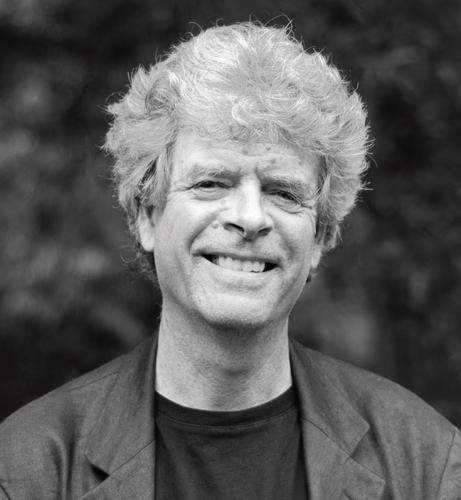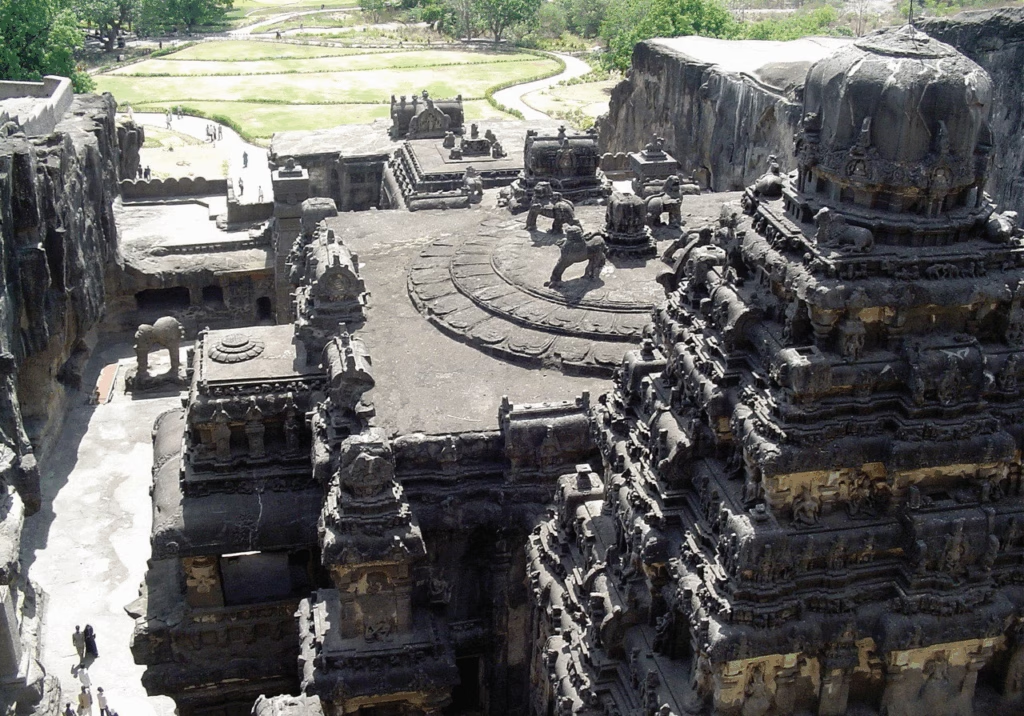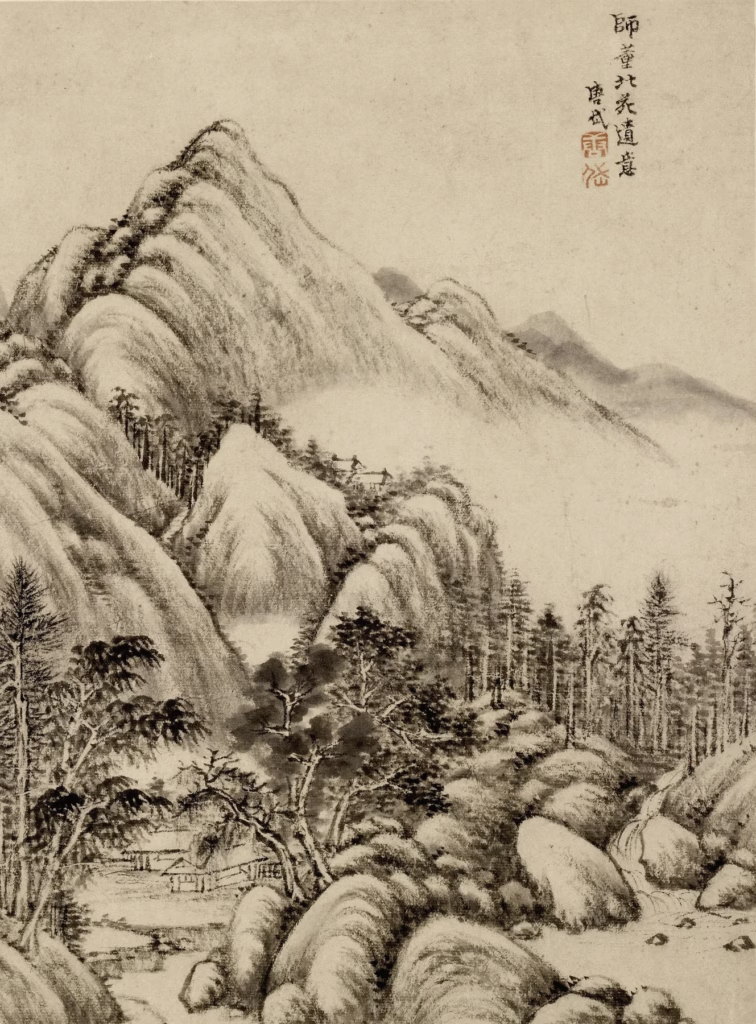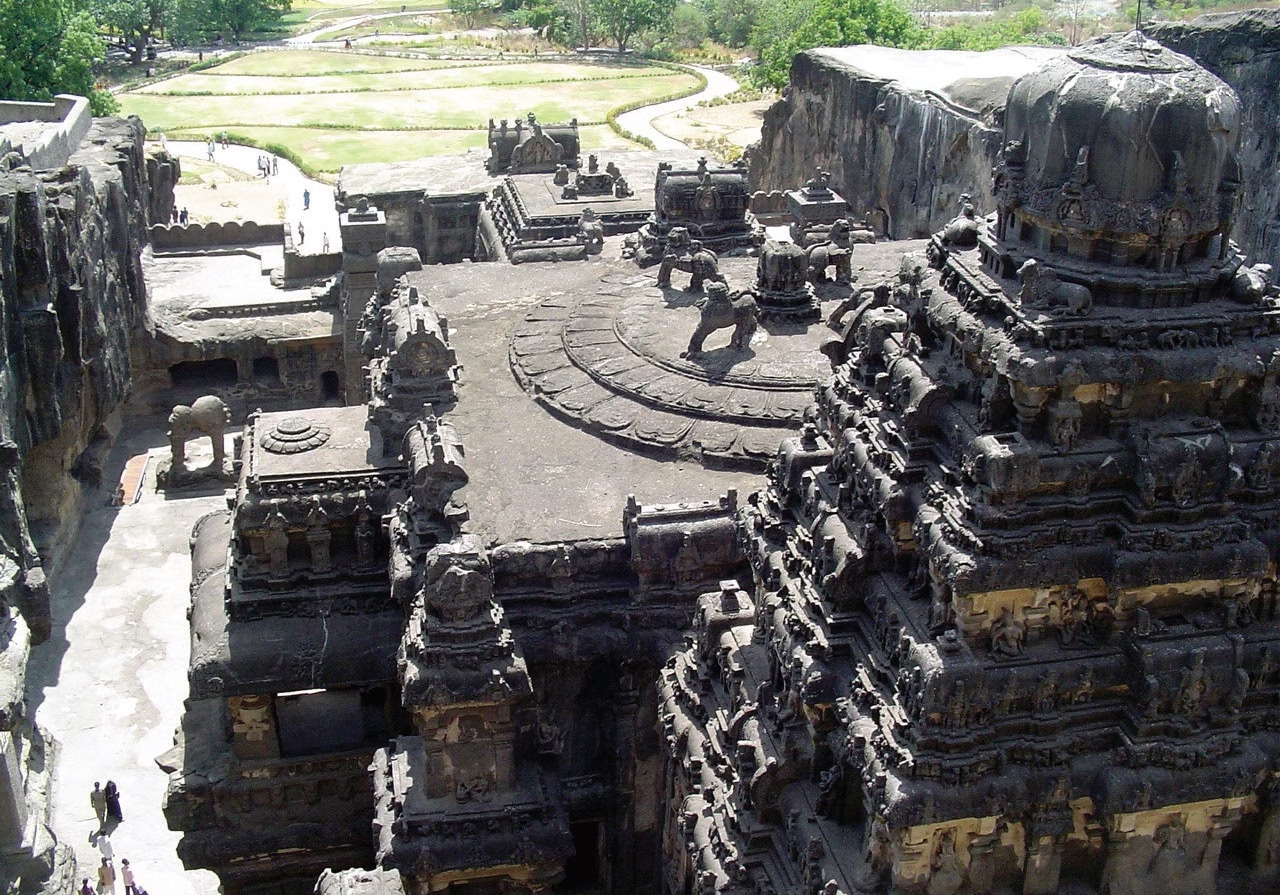Thomas Barrie

Thomas Barrie, AIA, is Chair of ACSF and Professor of Architecture at North Carolina State University, where he served as School Director from 2002 – 2007. He is the author of House and Home: Cultural Contexts, Ontological Roles (2017); The Sacred In-Between: The Mediating Roles of Architecture (2010); and Spiritual Path, Sacred Place: Myth Ritual and Meaning in Architecture (1996), and co-editor of Architecture, Culture, and Spirituality. At NC State he directs the Affordable Housing and Sustainable Community Initiative.
Humans have consistently sought to understand the world and their place in it, a world that seemed to exist independently—capricious and indifferent to their needs.1
From the ancient to the modern, depictions of ontological estrangement and homelessness can be found throughout world philosophy, religion, and literature. In the Odyssey, Odysseus wanders for ten years, poetically describing the disorientation and terror of being homeless. In JudeoChristian scripture, humans are often separated and homesick for an elusive god. In Psalms, David describes himself as a “sojourner on earth,” and beseeches God to reveal himself. Modern scientific discoveries produced particular displacements. In the seventeenth century, Blaise Pascal wrote that in contemplating the universe, “The eternal silence of these infinite spaces fills me with dread,”2 articulating the mystery and even terror of alienation in the cosmos.
Modernity produced a globalized condition where structures of tradition often yielded to heterogeneous conditions. Marshall Berman suggested that modernism, as a result of modernity, was a “struggle to make ourselves at home in a rapidly changing world.”3 Heidegger identified uncanny homelessness (unheimlich), as a condition of estrangement from the familiar and a source of anxiety. Many twentiethcentury western writers also contemplated their time—T.S. Eliot’s “The Wasteland” intoned modernity’s dislocations and disaffections, and in Thomas Wolfe’s novels, especially the eponymously titled You Can’t Go Home Again, ontological homelessness and loneliness are presented as an inevitable human experience.

Religion and Homelessness
Among its many roles, religion has typically been tasked with solving the problem of displacement and homelessness. How to live in this world is a perennial human question that has preoccupied all major religions, though often in different ways. Some stress binding the individual to culture by belief and behavior, which is why religion is often deeply rooted in cultural dictates and territorial claims. Some focus on transcending corporal existence through self-denial and esoteric practices. Others insist that only by deeply embedding oneself in the experience and rhythms of the world can one truly know one’s place in it.
For some religions, the body poses particular problems: it can seem more connected to nature than our consciousness—its autonomous functions foreign and diseases unpredictable. Examples from the Pythagorean and Platonic schools include inferences to human existence as one of exile and imprisonment in incarnate life. In Orphic beliefs, life was a trial where overcoming original sin depended on escape from the prison of the body, ultimately through death. Centuries later Christian Gnostics would similarly describe humanity’s imprisonment in incarnate life and estrangement from the original condition of true being. However, for indigenous, place-based peoples, remaining in harmony with the world in all of its manifestations was often predominant. Seasonal rituals were designed to align with the world and in doing so to participate in its beneficence and, if facing calamity, to seek to restore the balance of humans and their world. Displacement occurred when they were separated from ancestral homelands, as expressed by the plaintive pleas of Native Americans to stay in tribal territories.
The Virtues of Homelessness
In some cases, the condition of displacement and homelessness can be redemptive. In world mythology hero-redeemer figures must leave home to gain benefits for themselves and others. The Buddha renounces the comforts and sensual pleasures of his palaces to achieve enlightenment; Muhammad retires to the cave on Mt. Hino to receive the recitations of god; and American Plains Indians embark on solitary vision quests to pass from one stage of life to another. The hero’s journey is one of separation from the familiar and a journey to the unknown, followed by a return “home” with insight or knowledge gained along the way. Pilgrimage mirrors the journey from home to the unknown in search of knowledge, expiation, or atonement.
The geographer Yi-Fu Tuan observed that religion either embeds a people in a specific place, or frees them from it.4 Renuncients, recluses, and hermits who forsake society to access a broader world enjoy privileged positions in some religions (Figure 1). Hindu sadhus renounce their households to wander homeless and focus on spiritual practices in hopes of gaining liberation (Figure 2). In the Fourth Century CE, early Christians known as the Desert Fathers renounced the world to live alone or in small communities. Taoism is distinguished by eremitic traditions of ascetics who retired to mountain hermitages for spiritual edification and exploration, and sacred mountains and sacred personages were often closely associated. In early Buddhist communities in India mendicant monks eschewed any stable dwellings, their simple huts emblematic of the essential lives they cultivated. The Buddha even described enlightenment as the dissolution of the final house.
The Special Roles of Architecture
Why are we here on this earth? Why have we been thrown into a universe that defies understanding? Culture and religion have traditionally been enjoined to address questions like this. However, from the earliest of works, architecture was also put in service of ameliorating humanity’s homeless condition and establishing a place in the world. From Neolithic stone circles and rock cut Indian temples, to significant state architecture, the built environment has enjoyed a preeminent ontological function. Eventually, state religions expanded these roles to include didactic, exhortative, and coercive elements to support their culturally hegemonic goals. Throughout history architecture has proven to be effective in materializing and communicating the ontological aspects of the human condition. Acts of building have served to connect people with themselves and their place in the cosmos, while simultaneously revealing the vast contexts of which they were a part. This double mediation—individual to architecture and architecture to the world—presents the essential roles that architecture has been asked to play generally, and has often materialized specifically.
Ancient native peoples of North America deeply considered the world and their place in it. The mound builders of the American Midwest, for example, built communal places at colossal scales seemingly for eternity. As much as we can understand, their rituals and their architectural settings, sought reconciliation between themselves and the inexplicable—the cosmos, life and death, and human culture. In the East, however, in some examples the communicative and ontological roles of architecture found more ephemeral expressions. In Japanese literature of the Medieval Period, the hermit scholar’s retreat held a preeminent position as a place that both centered one while providing connections to the larger world. The Japanese poet Basho, in The Narrow Road to the Deep North, recounts leaving his “broken house” outside Edo, beginning his homeless wanderings. At one Buddhist temple, he finds a priest’s hermitage, tiny and perilously propped against a large rock, and celebrates its essential nature and the lineages of Buddhist sages.5
Like Basho, we become homeless when we leave the comforts and preoccupations of human experience, a departure from the familiar bounds of home, culture and self that bind us. We seek to see beyond them, trusting that there is more to the world than human culture. David Abram writes: “Because we balance on just two legs, our heads are held already in the sky, and so we can’t avoid the stunning puzzle posed by the stars … For those depths are not our habitat; they are the earth’s.”6 Henry David Thoreau wrote: “I do not value any view of the universe into which man and the institutions of man enter very largely and absorb much of the attention. Man is but a place where I stand, and the prospect hence is infinite. It is not a chamber of mirrors which reflect me.” 7
As Maurice Merleau-Ponty observed, to really understand the world one needs to “rupture” their familiarity with it, and that “truth does not merely ‘dwell’ in the ‘inner man,’ or rather, there is no ‘inner man,’ man is in and toward the world, and it is in the world that he knows himself.” Perhaps the world we seek, that we feel estranged from, is not beyond the world to be gained by transcendence or, as some religions insist, beyond death but instead, it is here, right now, in this place.
That is where architecture comes in. Like the natural environment, the built environment is an environment, humanly conceived and constructed, but beyond us— in-between humans and the world. As such, it mediates between worlds. We are touched by certain architectural settings, not only because they are aesthetically beautiful, or evoke feelings of awe, peace, or transcendence, or engage us through symbolism and ritual, but because they connect us in the only way we can be connected with the world, through embodiment. That is the true beauty and promise of architecture.
- Thomas Barrie, House and Home: Cultural Contexts, Ontological Roles (London: Routledge, 2017), for an in-depth
examination of this subject. - Blaise Pascal, Pensées, trans. A. J. Krailsheimer, (London: Penguin Books, 1995), 95.
- Marshall Berman, Modernity: Yesterday, Today, and Tomorrow (New York: Penguin Books, 1962), 6.
- Yi-Fu Tuan, Space and Place: The Perspective of Experience (Minneapolis: University of Minnesota, 1977), 152.
- Basho, The Narrow Road to the Deep North and Other Travel Sketches, trans. Nobuyuki Yuasa (London: Penguin Books,
1966), 104.
6.David Abram, Becoming Animal: An Earthly Cosmology (New York: Pantheon Books, 2010), 23. - Odell Shepard, The Heart of Thoreau’s Journals (New York: Dover Publications, 1961), 83.
- Maurice Merleau-Ponty, Phenomenology of Perceptioni, trans. Donald A Landes (London and New York: Routledge,
2012), 11

Published in 2A Magazine# 45, Summer 2020

